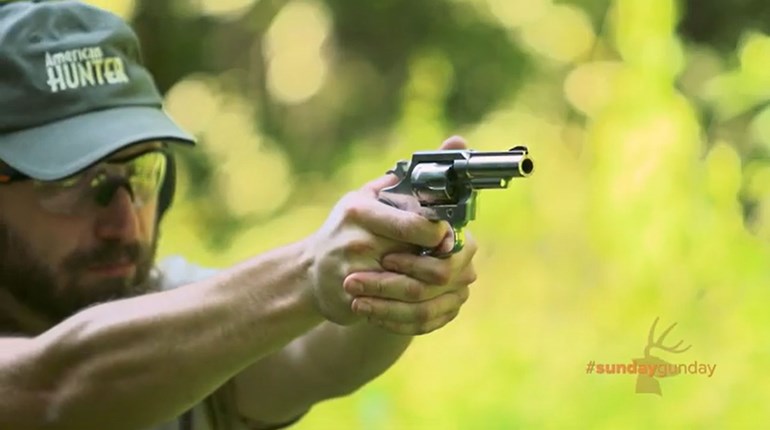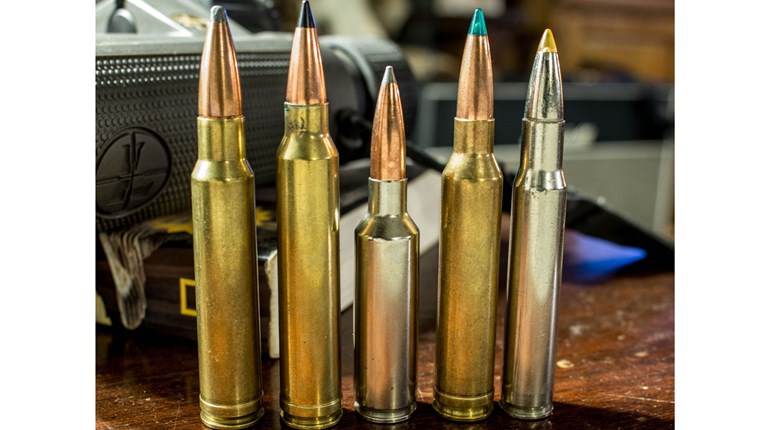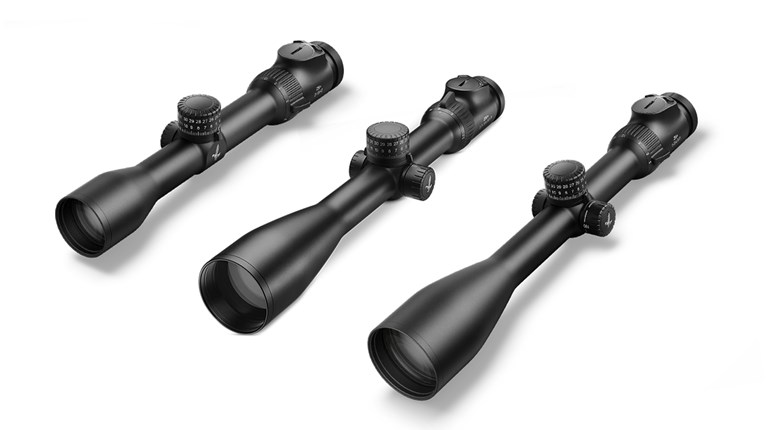
1. It Can’t Happen To Me:
Nothing flips my switch more than seeing treestand hunters in deer camp who refuse to wear a safety harness. The usual excuse is, “It won’t happen to me.” Which is exactly what most accident victims told a Consumer Product Safety Commission task force formed to review data concerning accidents. The Commission reported that the average age of victims who fell or hung to their death in treestand hunting accidents is 44 years old. These were treestand hunters with up to 20 years of experience that got lazy and too familiar with the risks. In 75 percent of the deaths, the subject was not wearing a Full Body Harness. In this group, 55 percent were using climbing stands and 45 percent lock-on or ladder stands. Most treestand accidents occur when getting into or out of the stand or when putting up or taking down a treestand.
For the most part, hunters believe it can’t happen to them. Many believe that if they do lose their balance, they could quickly grab something to arrest their fall and regain their balance. Of course these assumptions are both wrong. While lock-on and ladder stand accidents are common, climbers account for a lot of accidents, too, primarily when a hunter fails to attach the top and bottom sections and then loses the foot climber. Another sure way to get into trouble is to attempt to level a stand while sitting in it. Not wearing a safety harness in a treestand doesn’t mean you’re a tough guy. It just means you’re stupid.
2. Smoke Em Up:
I was in an Illinois archery deer camp one year and woke up thinking the place was on fire. Instead, the outfitter had built a bonfire out of old leaves and wood and had his hunters standing in the smoke. “The smoke will mask your odor and the deer will never smell you,” he said. “You need to try this. You can even hunt with the wind at your back and the deer won’t spook.”
What are you smoking? Those hunters never got a shot all week, but they did have several stories about deer they had seen that avoided their stands. Most whitetail hunters have no idea how well a deer can smell, and that they use their noses as their first line of defense—always. Make sure you follow a meticulous scent control program each and every time to head afield, and always hunt with the wind in your face.
3. They Can’t See Me:
Don’t you love watching those cable TV hunting shows and seeing bowhunters all camo’d up in a treestand—except for their shiny faces and hands? That program will certainly work if the deer never look up, and since many of these shows are filmed on private land where hunting pressure is nil and the hunters have weeks to get a kill on film—you rarely, if ever, see the one that got away. But I do. An uncovered face or hand will shine like a beacon in the night—especially if it is moving. With their less-than-20/20 eyesight, deer depend on seeing movement to warn them of danger, and are always on the lookout for something amiss or wiggling where it isn’t supposed to be. They can spot that shine from far away. Are you willing to risk your entire season on such sloppiness? I’m not.
4. Hunting in the Wind is a Waste of Time:
Just because the wind is blowing doesn’t mean deer shut down their lives. Yes, deer do not like strong winds, which make it hard for them to detect predators amid the noise and motion of branches whipping around. It also affects their ability to smell out a potential problem and detect its source. The truth is, during strong winds the hunting can actually be very good—if you use it to your advantage. That means concentrating in areas protected from the wind, thus eliminating large chunks of ground where the odds are lowered on that day. A moderate wind doesn’t affect deer movement much, but during strong breezes, bucks tend to drop down to lower elevations, draws, hollows and valleys or protected bowls within which they can move about freely while escaping the harshest winds.
I’d rather hunt days with a light, steady breeze—but I’ve killed a lot of nice bucks on days with strong winds. But one thing’s for sure, you can’t do it if you’re sitting in front of the TV.
5. Peeing From Your Stand Will Scare Deer Off:
The old wives’ tale has it that if you do not bring along a pee bottle to your stand and answer nature’s call on the ground below, you may as well head for the house and find a new spot to. Research has shown, however, that the smell of human urine does not noticeably affect deer, if it affects them at all. One research project with penned deer had the researchers spraying all sorts of things into scrapes to see which deer liked best. In one case they used four things—buck urine, doe-in-estrous urine, human urine and car air freshener. Results? With bucks, doe-in-estrous was the most popular, followed by human urine, then car air freshener, then buck urine.
Stay as scent free as possible, and don’t turn the ground near your stand into a public urinal, but if you have to go, just go, and keep hunting.
6. Scrapes are Great Places to Hunt During the Rut:
There’s been a lot of research in recent years using trail cameras to find out when bucks are most active at scrapes. What the research has shown is that the best time to hunt scrapes is when you first find them in the woods—usually just ahead of the hard pre-rut. When the rut is in full swing, mature bucks will sometimes check scrapes, but they are more likely to be found cruising between doe bedding thickets and preferred food sources. Research has also shown that multiple bucks will freshen the same scrape, and they range in age from very young to very old, debunking the myth that only mature bucks work a scrape.




































